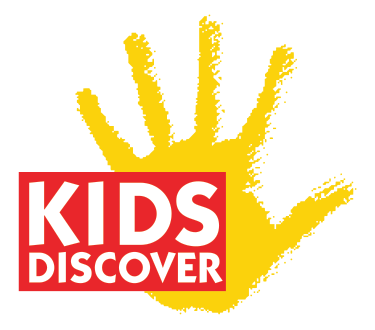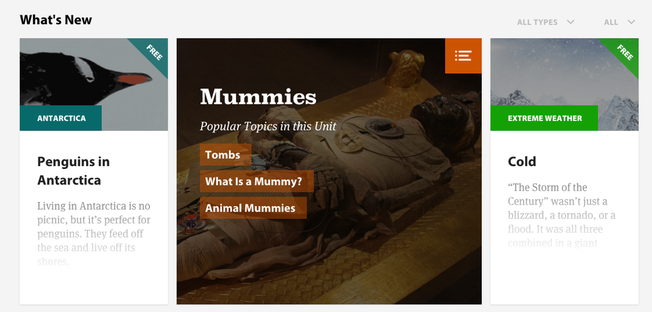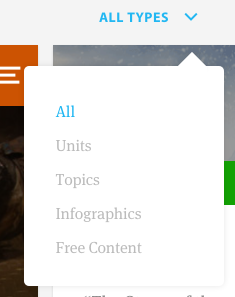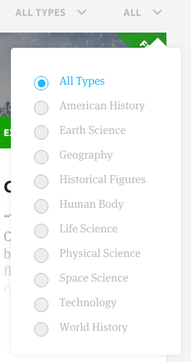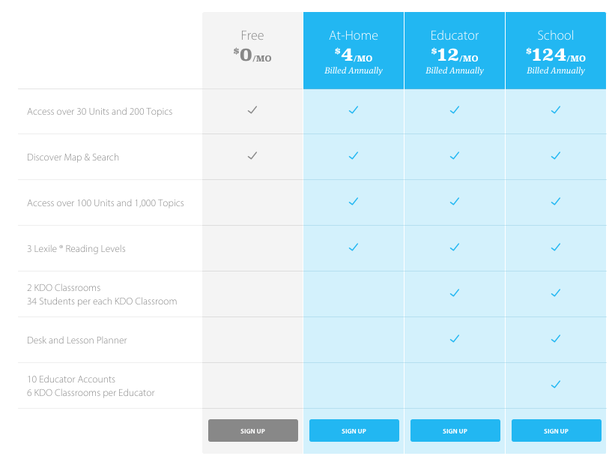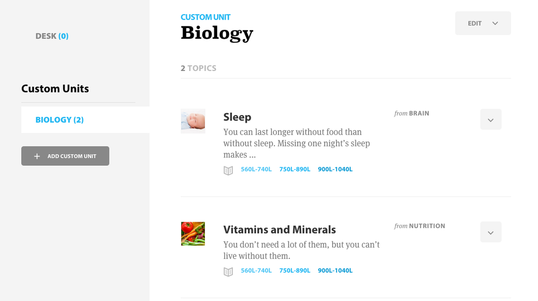Kids Discover Online is home to over 1000 articles covering an enormous variety of science and social studies topics. For those familiar with the Kids Discover publication, the organization has now made some impressive moves into digital content. For those not familiar, stick around, because Kids Discover Online has some excellent content for 3rd - 8th grade students.
For those unfamiliar with Kids Discover, the organization began as a publication in 1991. Each issue was centered around a particular topic and read like a traditional magazine. Now, the organization has just launched their first online enterprise, and has a wonderful collection of digital content available for both PC and mobile use. Before digging into the review, here's a short overview videofrom the team:
As shown in the video, Kids Discover Online has a collection of science and social studies articles that center around common elementary and middle school topics. But beyond that, they also offer great ways to organize and plan lessons using their content, to give students the opportunity to explore their articles, and to differentiate their material to a variety of reading levels.
Plus, it's easy for teachers to create lessons and units to send out to their students, and all students need is a class code to sign in and find their assignments.
When a teacher or student first logs in to Kids Discover Online, they'll be shown the main feed (seen above). This is where they can preview articles, or jump right in and start reading. This is also where you can filter your articles by a variety of types (i.e. infographics, topics, etc.) or content areas:
Before digging too far into the review, Kids Discover Online does offer a variety of pricing options. For the free plan, you get access to a wide collection of articles and topics, but you don't have the ability to create lesson plans or classes for your students.
That feature comes at the "Educator" level, which is $12 a month. If you're not quite ready to make the jump, there is also the "At-Home" option, which includes 3 reading levels for most articles and access to all online articles. Finally, there's the "School" option, which includes 10 educator accounts and 6 "Classrooms" per teacher (which we'll get to in a moment).
For those who do have an educator account, you'll have access to their lesson planning features, which allow you to use the "Classroom" and the "Desk." Think of the "Classroom" as a space to pull articles together into units, which you can then assign to your students, and the "Desk" as more of a personal space where you can plan out units in advance without students necessarily needing access.
In addition to offering 3 different reading levels for the majority of their content (which is an awesome feature) my favorite thing about Kids Discover Online is their "Discover Map" option. When you visit this section of the site it will take you to a visual representation of all their different topics. It's an excellent way to help students begin to see how ideas are connected across subject areas, time-periods, and topics.
I really love this idea for inquiry activities, and for just helping students see that topics are not limited to a single standard or subject. This video will explain it better than text can:
Overall, Kids Discover Online is an excellent way to supplement your elementary and middle school social studies and science curriculum with engaging and interactive online content. In addition to offering three different reading levels to help teachers differentiate their instruction, the Discover Map is an excellent tool that allows students to explore connections across topics and subject areas.
If you're a teacher in this area, I would absolutely recommend checking out the free version to see if it's a good fit for your classroom!

